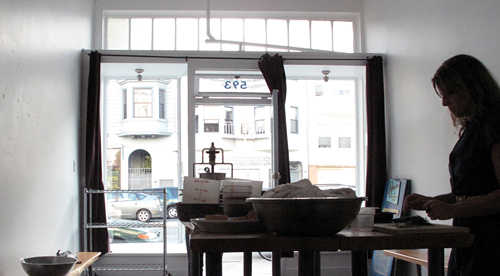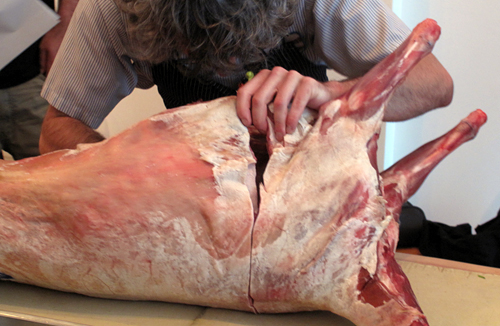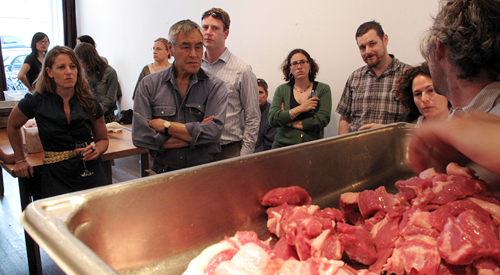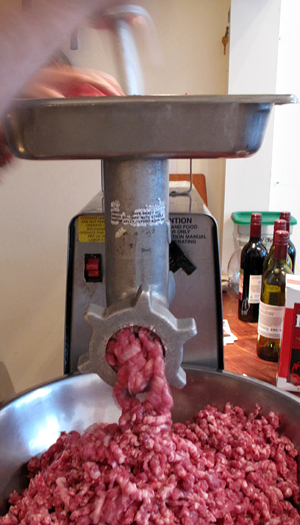Today's food-scape is a rich tapestry woven from a multitude of little ideas and small stories: tradition, history, science, art, and human ingenuity colliding on plates at the intersection of major political and social issues. The individual strands of this loom-y metaphor are people. They aren't always clearly visible until you look closely. People need food to survive, and in ancient times, communities were endlessly preoccupied with finding things to eat and figuring out how to cook them. Civilizations would form and thrive around the domestication of a single species of animal. Proud eating traditions have sprung from time-honed preparation techniques born of necessity. Great celebrations still honor the harvest and hunt. For evidence, look no further than Thanksgiving and the Gilroy Garlic Festival. There's a gulf between pounding poi in Polynesia and nudging a grocery cart through Whole Foods, but the parallels persist even amid changing times and circumstance: we have always been defined by how we eat -- as individuals, families, neighborhoods, cities, states, and countries. Food used to be seen as fuel; now, it's a mirror, and everything we stuff down our face-holes shows us more about ourselves and the way we live.

The view of Guerrero from inside 18 Reasons
18 Reasons, the Bi Rite-affiliated gallery space on Guerrero near 18th Street, has made such conscious, well-examined consumption its mission, offering exhibitions, lectures, tastings, and classes to draw clear bright lines between food, people, and place, existing essentially as the embodiment of its intention, as a local meeting spot for people who love food and want to talk about it, share what they know, and learn from others. The gallery has received some local press love but this summer's offerings deserve special mention.

Morgan Maki starting on the lamb
Last week, I attended the second part of a Lamb Butchery and Sausage Making class taught by Bi Rite butcher Morgan Maki, the same guy who schooled folks in Stock Theory and Knife Skills a few months ago. The first session saw a 5-foot-long 45 pound lamb broken down and whittled into chops, roasts, and other cuts for cookery. I missed that one due to illness but the pictures tell enough of the story for you to get the basic idea. It came in whole and left in chunks. Maki dropped some anatomy knowledge. Everyone ate cheese and drank wine. When I arrived at the second session, the students were chopping the trimmings from that depleted carcass, sleeves rolled up, ties tucked, and jewelry removed. It was a Tuesday night, and most had clearly come straight from work and were dutifully taxing the bottles of merlot making the rounds. The gallery's clean white walls were bare, awaiting the summer show (Julie Duffoo's semi-gristly Meatpaper photographs of local butchers). The only exhibit on display was the whirl of activity, something like a party happening around the sturdy wooden table in the center of the room: sausage as social sculpture.

